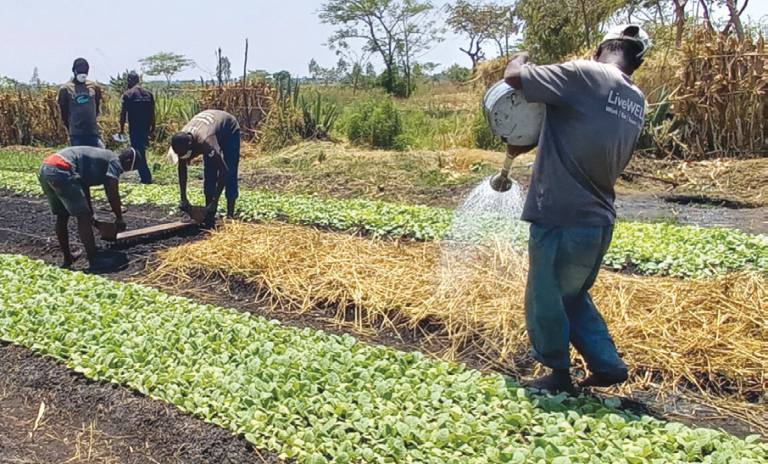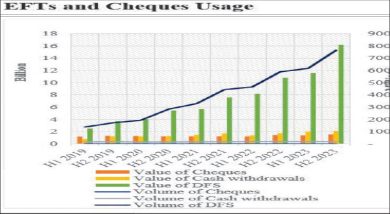Agriculture budget short on targets
The 2023/24 agriculture budget is falling short to achieve the required six percent growth targets critical for the sector’s development, a Partnership for Social Accountability (PSA) Alliance analysis has shown.
The 2023/24 PSA Agriculture Budget Analysis observes that sectoral and sub-sectoral objectives may not be achieved as the 2023/24 agriculture budget is only covering 53 percent of national agriculture investment plan (Naip), with some ideal resource requirement on key programmes such as mechanisation, empowerment and tenure security missing.

This, the analysis says, is against a background of stalled sectoral growth, hovering around two percent against the set targets of six percent under the Comprehensive African Agriculture Development Plan.
Reads the analysis in part: “The study uncovers that nominally, the 2023-24 financial year budget is aligned to the National Agriculture Policy. However, the intensity of resource allocation is somehow limited.
“Therefore, sectoral and sub-sectoral objectives may not be achieved due to low allocation levels to sub-sectors such as agriculture research, extension and livestock development. There is no specific programme or sub-programme line for empowerment of youths, women and vulnerable groups in agriculture.”
Treasury data shows that the agriculture sector has been allocated K455.1 billion, representing 3.0 percent of gross domestic product and 11.8 percent of the total budget to cater for wages and salaries, operations, including Affordable Inputs Programme, and development projects in the ministries of Agriculture, Forestry and Natural Resources, and Water and Sanitation.
This provision is consistent with the Maputo Declaration on Agriculture and Food Security mainly on the target of allocating 10 percent of national budgets to the agriculture sector.
The initiative aims to help African countries eliminate hunger and reduce poverty by raising economic growth through agriculture-led development.
However, achieving the six percent annual agricultural growth rate at the national level as stipulated in the declaration has not been attained in this case.
Agriculture industry commentator Felix Lombe earlier observed that despite investments made into the sector through the budget, production and productivity still remain low.
He said: “The reasons include land fragmenting, climate change and low access to inputs as well as weak market linkages.
“Reversing the trend may require actualising or implementing our new land laws to steer large-scale mechanised commercial farming, scaling up models that facilitate access to inputs and finance being piloted by several agencies.”
In his State of the Nation Address delivered in Parliament in February 2023, President Lazarus Ckakwera said the living conditions and poverty of many Malawians are so harsh that millions are still unable to feed themselves.
He said what Malawi lacks is not policy direction or investment opportunities and public pronouncements on agricultural productivity and commercialisation through mega farms, but implementation.
Agriculture remains the mainstay of Malawi’s economy, contributing about 25 percent to the country’s GDP and employing about 64 percent of the labour force.
More than 80 percent of the country’s population relies on smallholder rain-fed agriculture for food.
In Malawi, agriculture sector interventions have been guided by the National Agriculture Policy (NAP) of 2016, which was supposed to be replaced by a successor policy after 2021.
The NAP is aligned with the vision 2020 and the second Malawi Growth and Development Strategy and Malawi 2063.





